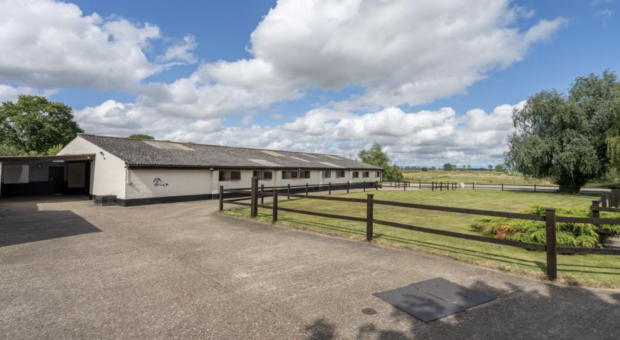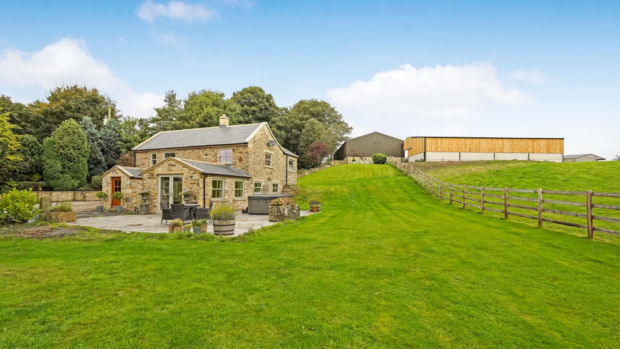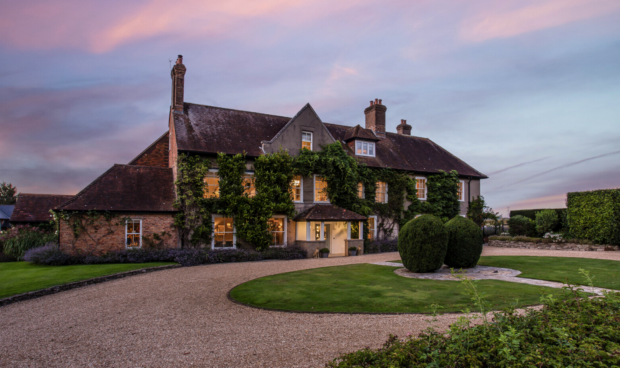Listed building — the words will be familiar to anyone who has given property advertisements more than a cursory glance. Just looking at one month of Horse & Hound magazines shows that one out of every six equestrian properties available for sale is listed. But few buyers really know the ins and outs of listing, and unfounded fears about draconian planning constraints abound. So what are the implications of buying a listed house, beyond the undoubted pleasure of owning a place of cultural significance?
A property is added to the statutory list of buildings — hence the word “listed” — if it has architectural or historic value, is closely associated with important people or events, or is part of a valuable context, such as a model village.
The list includes anything from Buckingham Palace to some 2,500 traditional telephone kiosks across the country, all of which are assigned grades reflecting their cultural value.
Nearly every listed property falls in the Grade II category, which denotes special interest. Buildings of particular relevance are listed Grade II* or, if truly exceptional, Grade I. In Scotland, the grades are A, B and C. The higher the grade, the more stringent the planning restrictions will be.
“Grade I buildings are the most difficult to make changes to,” says Rupert Sweeting of Knight Frank. “It is a lot easier to, say, put an additional bathroom in a Grade II building than in a Grade I.”
That said, English Heritage, administrator of the English listing system, states “listing is not intended to fossilise a building”. What it does, however, is “ensure that any alterations respect the character of the building, and that the case for its preservation is fully taken into account”.
In practical terms, this means that the owner of a listed building must apply to their local authority for consent whenever carrying out any work that would affect the property’s nature, even if ordinary planning consent is not necessary.
“But unless you’re thinking of savaging a house, you can work with the planners to make your works meet their requirements,” says Lindsay Burden of Fox Grant. “Listing affects a house’s exterior and interior, so refurbishment would come under same strictures of approval. It covers the building itself, any object or structure fixed to it and any object or structure within its curtilage [the enclosed land immediately surrounding a house].”
Outbuildings can fall under the listing constraint and will require consent to be converted into stables if they stand close enough to a listed property to affect its setting. Consent is also necessary to build a manège within a listed home’s domestic curtilage. Barns or other buildings that stand outside the curtilage, however, are not subject to listing restrictions — unless they are listed in their own right.
“If you want to put a manège in the curtilage of a listed building, it may be difficult, but if you put it outside the curtilage, you may only need ordinary consent,” says Sweeting. He advises prospective buyers to get advice from a planning consultant.
“Planning consultants will know whether the local planning authority is going to go for your proposed works,” he says. “They may have suggestions on where to put stables or a manège [to avoid having to get listed consent or make it easier to obtain].”
Local authorities usually deal with listed building applications. It takes at least eight weeks to obtain an answer — more like four to six months, according to Sweeting — but English Heritage says 90% of applications are usually granted permission. And if consent is refused, owners can lodge an appeal.
One warning: altering a listed building without permission is a criminal offence.
SUBSCRIBE TO HORSE & HOUND AND SAVE Enjoy all the latest equestrian news and competition reports delivered straight to your door every week. To subscribe for just £1.43 a copy click here >>
|



